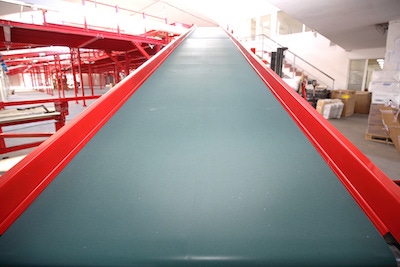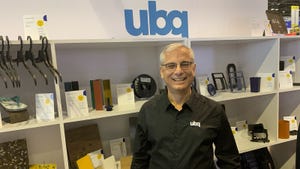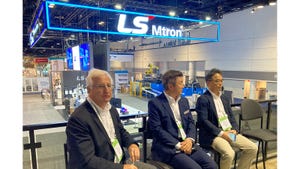New blocked, one component urethane systems developed for large, complex elastomeric parts
Improved industrial hygiene, controlled curing, an excellent performance cited as features
May 30, 2018

Lanxess is debuting new blocked products for cast elastomers at UTECH Europe 2018 being held May 29–31 in Maastricht, Netherlands. Marketed under the brand name Adiprene K, the blocked systems are based on Lanxess’ Low Free (LF) isocyanate technology. They reportedly offer three key benefits: Improved industrial hygiene, controlled curing and excellent performance for a broader range of applications.
|
One component urethane systems can be used for impregnation of fabric belts, the coating of industrial rollers, and extremely large parts for the industrial, mining and oil and gas industries. |
“A particular focus is placed on solvent- and monomer-free systems,” explains Dr. Markus Eckert, Head of the Lanxess Urethane Systems business unit, which develops of urethane prepolymer systems for elastomers, coatings, adhesives, and sealants. “For example, we have developed new blocked technology that offers controlled curing with higher performance and reduced hazardous classifications.”
Further, Adiprene K blocked systems have inherently good industrial hygiene, due to the incorporation of low hazard ingredients and the blocking of already low levels of residual isocyanate. As a one-component system, workers do not have to handle a separate curative, improving productivity and worker safety.
Adiprene K blocked systems are available as fully-formulated reactive systems. Curing of these prepolymers is triggered at a precisely defined temperature resulting in a controlled cure. “With these systems, we are targeting large and complex parts and manual processing, which is used for very low volume production,” says Eckert.
Compared with traditional blocked systems, Adiprene K blocked systems reportedly provide better performance for a wide range of applications. “Now that we can control the cure and achieve higher performance,” Eckert continues, “these products open the door to new applications for urethane prepolymers.”
Potential applications include the impregnation of fabric belts, the coating of industrial rollers, and extremely large parts for the industrial, mining and oil and gas industries. These blocked systems also extend the use of urethane prepolymers into rotational molding and liquid injection molding applications.
About the Author(s)
You May Also Like





